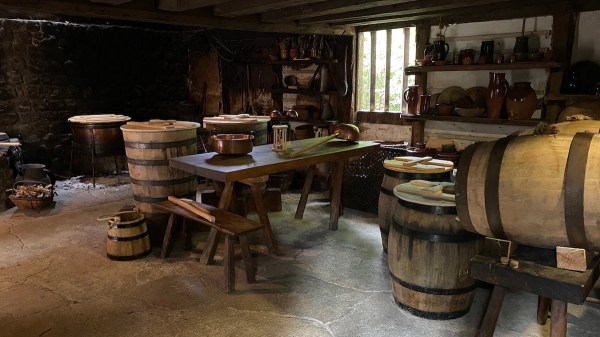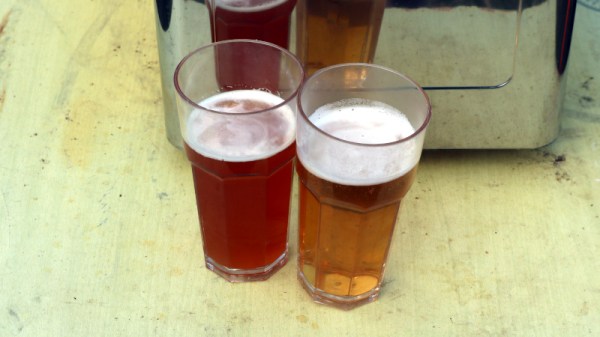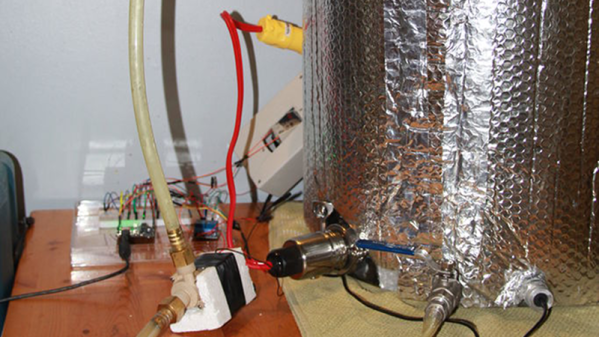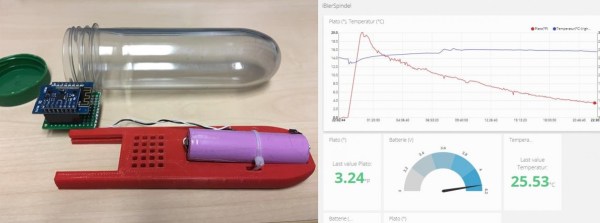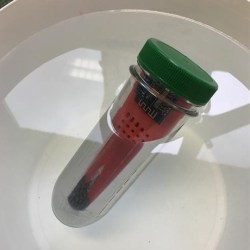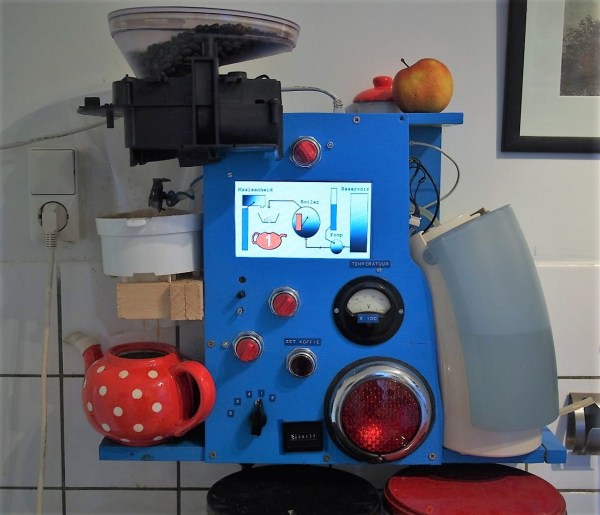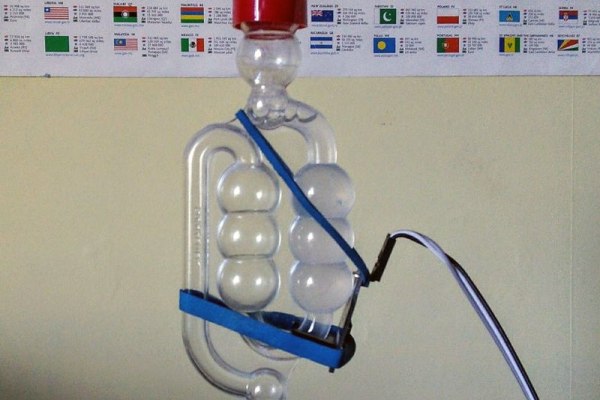Are you interested in the history of beer, food science, or just a fan of gathering “um, actually” details about things? Well you’re in for a treat because FoodCult (exploring Food, Culture, and Identity in early modern Ireland) has a fantastic exhibition showcasing their recreation of beer last brewed in the sixteenth century by putting serious scientific work into it, and learning plenty in the process.

The recipes, equipment and techniques are straight from what was used at Dublin Castle in the late 1500s. This process yielded very interesting insights about what beer back then was really like, how strong it was, and what was involved in the whole process.
Documentation from the era also provides cultural insight. Beer was often used to as payment and provided a significant amount of dietary energy. Dublin Castle, by the way, consumed some 26,000 gallons per year.
In many ways, beer from back then would be pretty familiar today, but there are differences as well. Chief among them are the ingredients.
While the ingredients themselves are unsurprising in nature, it is in fact impossible to 100% recreate the beer from 1574 for a simple reason: these ingredients no longer exist as they did back then. Nevertheless, the team did an inspired job of getting as close as possible to the historical versions of barley, oats, hops, yeast, and even the water. Continue reading “Making Beer Like It’s 1574, For Science And Heritage”

